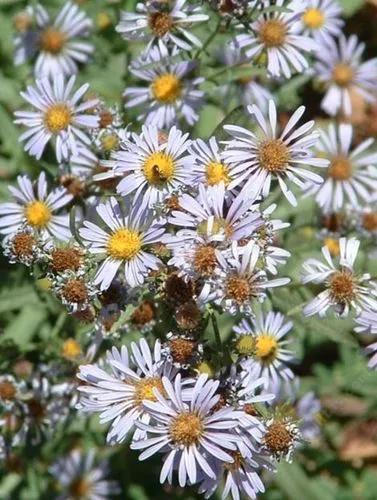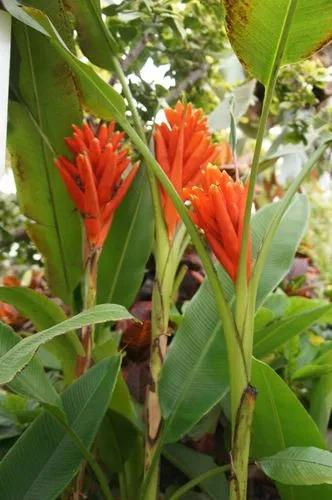Ribes sanguineum, the flowering currant, redflower currant, red-flowering currant, or red currant is a North American species of flowering plant in the family Grossulariaceae, native to western United States and Canada (British Columbia, Washington, Idaho, Oregon, California),but widely cultivated and naturalized throughout temperate Europe and Australasia.
Flowering Currant Care
Ribes Sanguineum



It is a deciduous shrub growing to 2 m (7 ft) tall and broad.The bark is dark brownish-grey with prominent paler brown lenticels. The leaves are 2–7 cm (1–3 in) long and broad, palmately lobed with five lobes; when young in spring, they have a strong resinous scent.The flowers are produced in early spring at the same time as the leaves emerge, on dangling racemes 3–7 cm (1–3 in) long of 5–30 flowers; each flower is 5–10 mm (0.20–0.39 in) in diameter, with five red or pink petals. The fruit is a dark purple oval berry about 1 cm (0.5 in) long, edible but with an insipid taste. The Latin specific epithet sanguineum means “blood-redRibes sanguineum is a deciduous Shrub growing to 2.5 m (8ft) by 2.5 m (8ft) at a medium rate.It is hardy to zone (UK) 6 and is not frost tender. It is in flower from April to May, and the seeds ripen from August to October. The species is hermaphrodite (has both male and female organs) and is pollinated by Bees. Suitable for: light (sandy), medium (loamy) and heavy (clay) soils, prefers well-drained soil and can grow in heavy clay soil. Suitable pH: acid, neutral and basic (alkaline) soils. It can grow in semi-shade (light woodland) or no shade. It prefers moist soil. The plant can tolerate maritime exposure.
How to Care for the Plant

Popularity

682 people already have this plant 148 people have added this plant to their wishlists
Discover more plants with the list below
Popular articles






